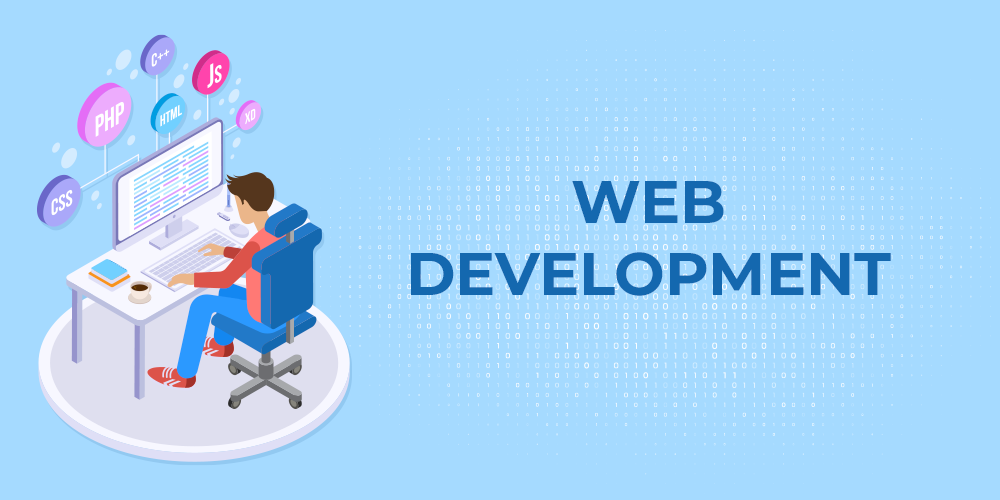Pulse of Information
Stay updated with the latest news and insights.
Web Development: Where Code Meets Creativity
Unlock the magic of web development! Discover how code and creativity blend to create stunning websites and transform your ideas into reality.
10 Essential HTML Elements Every Web Developer Should Know
When embarking on a web development journey, understanding the fundamental HTML elements is crucial. These elements form the backbone of any webpage and are essential for creating a structured and accessible site. Here are 10 essential HTML elements every web developer should know:
- <html> - This is the root element that wraps all the content on the page.
- <head> - Contains metadata, linked stylesheets, and scripts that are crucial for the document.
- <title> - Sets the title of the webpage, displayed in the browser tab and used for SEO.
- <body> - The main content area where all visible elements reside.
- <h1> to <h6> - Header tags that define headings and their hierarchy for SEO and accessibility.
- <p> - The paragraph tag, used for defining blocks of text.
- <a> - The anchor tag for hyperlinks, essential for navigation.
- <img> - For embedding images, which are crucial for a visually appealing site.
- <div> - A versatile container for grouping content, necessary for layout structure.
- <span> - Used for inline styling and grouping smaller portions of text.
Each of these HTML elements serves a specific purpose in web development, enhancing both functionality and user experience. For a deeper dive into HTML elements and web standards, check out resources such as W3Schools and MDN Web Docs. Knowing these fundamental elements not only aids in building websites but also improves your SEO, making your site more discoverable.

How to Balance Functionality and Aesthetics in Web Design
Balancing functionality and aesthetics in web design is crucial for creating an effective user experience. The first step is to identify the goals of your website. Are you aiming to provide information, sell a product, or engage users with interactive content? Understanding your primary objective helps you prioritize design elements. Additionally, employing the principles of functional design can aid in making your site intuitive and user-friendly. Remember, a cluttered design may lead to confusion, so ensure navigation is straightforward and visually appealing.
Once you establish the necessary functions, turn your attention to aesthetics. A visually appealing site can enhance user engagement and retention. Utilize a cohesive color scheme and typography that align with your brand identity. Incorporating color psychology can help convey the appropriate emotions and attract desired user actions. Consider testing various layouts and designs to see which combination strikes the best balance between form and function. A/B testing can provide valuable insights into how design changes affect user behavior on your site.
What Are the Best Practices for Responsive Web Development?
Responsive web development is essential for ensuring a seamless user experience across various devices. One of the best practices is to implement a fluid grid layout, which allows your design to adapt to different screen sizes. This method uses relative units, such as percentages, instead of fixed units like pixels, making your site flexible. Additionally, employing media queries helps you apply specific styles at different breakpoints, adjusting the layout according to the user's screen dimensions.
Another critical aspect of responsive web development is optimizing images and media. You should utilize the srcset attribute to provide different image resolutions for different devices. This not only improves load times on mobile devices but also enhances the visual quality on high-resolution screens. Moreover, utilizing responsive images and maximizing your site’s performance are vital, as they contribute significantly to the overall user experience and can positively impact your SEO rankings.